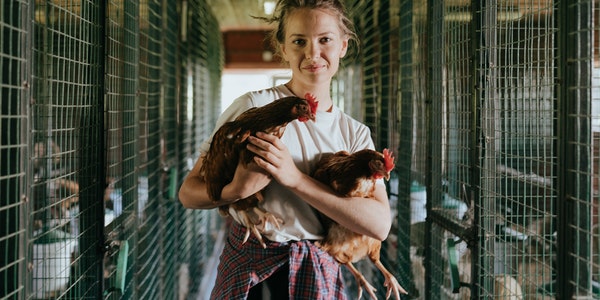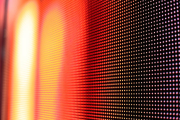Current Status of LED Lighting in Farms
The use of LED lights in chicken farms for breeding is certainly a new thing and a new idea. However, we should first know how to use LED lights in chicken farms. There is a lot of knowledge in this.
A few days ago, the International Lighting Association quoted in an article on lighting technology inventory: using the cold light source of LED lights to control the lighting of the chicken house, with the heat dissipation system, the mood of the laying hens will be more stable and easier to raise. Among them, red light can stimulate egg production, green light can increase egg size, and a single light source can increase the survival rate of young hens. So in theory, the laying hens will lay more eggs, and the taste of the eggs will be better.
The use of LED lights in chicken farms for breeding is certainly a new thing and a new idea. However, we should first know how to use LED lights in chicken farms. There is a lot of knowledge in this, and this article will discuss it for everyone.
It is important to know that the poultry farming industry is usually very conservative, and it must take some time before it can accept LED technology. However, now the poultry farming industry has completely embraced LED technology and its energy-saving benefits. In the past few years, increasingly sophisticated LED technology has gradually met the lighting needs of the poultry farming industry.
A good LED lamp can save 80% to 85% energy than an incandescent lamp. But not all LED lights are the same. Practitioners in the aquaculture industry should spend time researching LED lights before buying. All LED lights are more expensive than incandescent lights of the same power, so you don’t want to make mistakes and waste money.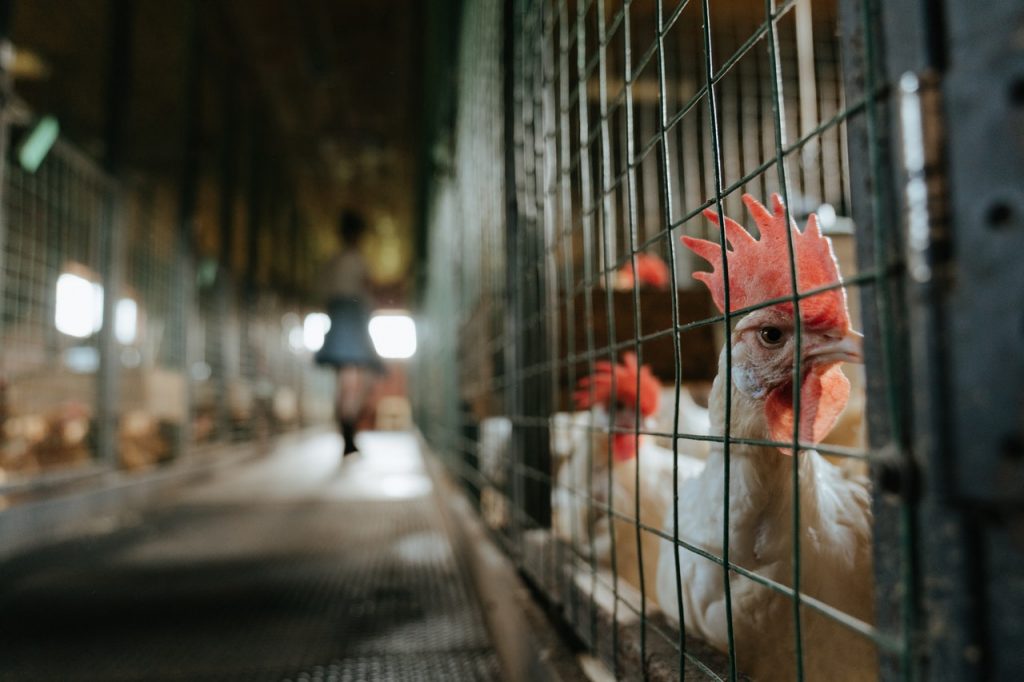
Lighting is an important environmental factor in the poultry farming industry. Lighting affects production efficiency, animal welfare, and growth rate. The four major elements of light are intensity, period, source and spectral range. The color of light depends on the different wavelengths in the visible spectrum.
White light contains all the wavelengths in the visible spectrum. But even if the same is white light, it will show different color temperature due to the different energy emitted by different wavelengths. Therefore, poultry farmers should not try to use LED bulbs lightly without asking for details or consulting trusted sources.
LED Field Test
Fortunately, many well-known universities in the United States, including Mississippi State University, Auburn University, University of Georgia, University of Arkansas, University of Maryland, University of Delaware, etc., when LED first entered the poultry industry Up the test.
After numerous field tests, these promoters have evaluated a variety of different LED products, and provided fair evaluation results on the cost analysis, investment recovery potential and service life of the products. These evaluation results are provided free of charge, so please feel free to request and study carefully to help you make the right purchase decision.
Please do not choose LED bulbs that have not been field-proven in the chicken house. Due to the influence of dust, humidity and ammonia, the environment of chicken coops is much harsher than that of houses and businesses. Some light bulbs are not designed for such an environment, nor can they stand the test of these factors.
The energy-saving performance of LED is impeccable. The question that farmers have about LEDs is, will poultry perform as well under LED lights as they do under incandescent lights?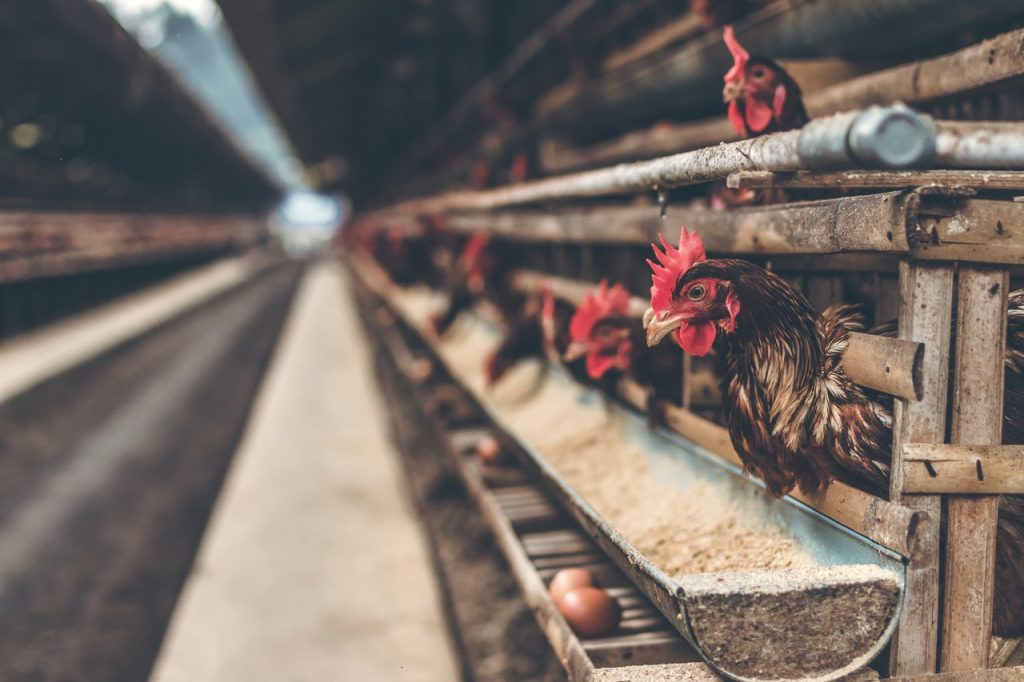
The answer is yes, but it needs to be under conditions where there is sufficient light during the hatching and growth period, the dimmer is working properly, and the poultry is well taken care of. In this way, the performance of poultry under LED lights will be as good as under any other light source.
How Does LED Affect Poultry?
Many farmers have switched from compact fluorescent lights to LED lights and found that the temperament of the poultry has become more docile. This may be because LED lights do not flicker like fluorescent lights. Because chickens have sharper eyesight than humans, chickens are more susceptible to flashing lights.
To some extent, LED technology is ahead of dimmer technology, so not all dimmers can be adapted to LED bulbs. As a result, the LED bulb cannot be dimmed in a linear manner like an incandescent lamp (the so-called linear means that when the dimmer is dimmed by 20%, the brightness of the bulb is also dimmed by 20%).
On LED lights, the dimmer may need to be adjusted very greatly to make the LED light show a little dimming sign. Dimmer manufacturers are also struggling to catch up, but there are still many old dimmers on the market that need to be upgraded to accurately adjust the brightness of the LED lights.
Some dimmers may only need to install an upgrade chip to work normally, but some dimmers are too old and can only be replaced with newer products to adapt to more advanced LED technology.
Choose LED bulbs with appropriate color temperature. Color temperature is expressed in Kelvin temperature units (K). The warm light ranges from 2700K to 3000K, similar to incandescent lights or high-pressure sodium lights, with an orange-red color. The natural light range is from 3400 to 4000K. The cold light has a bluish-white color, ranging from 5000K to 7500K.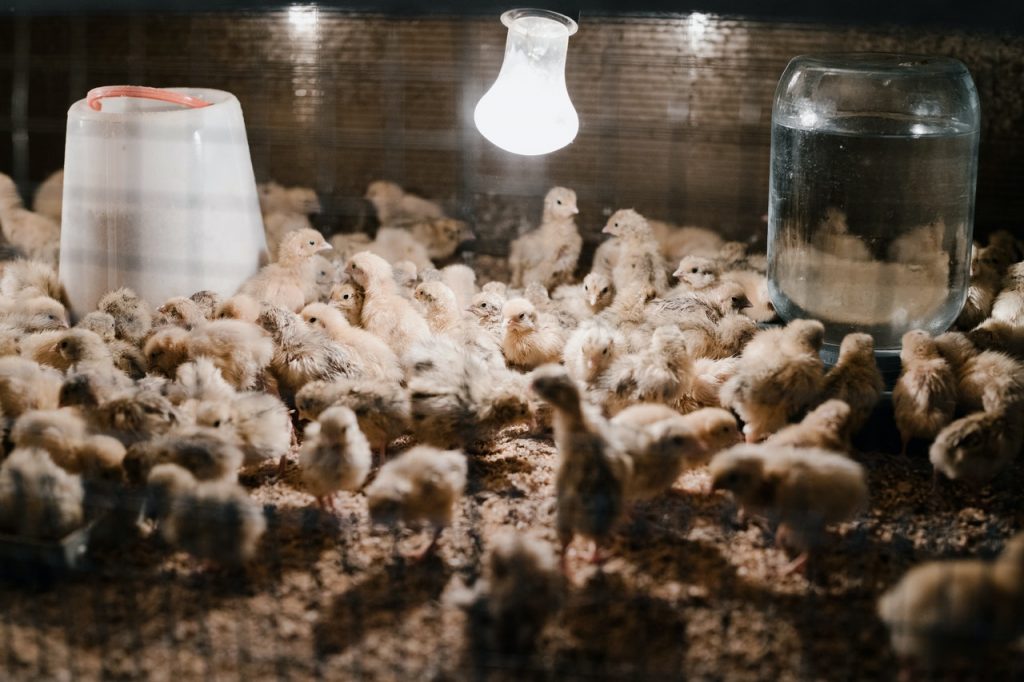
At present, the color temperature of the most widely used LED light in broiler breeding is 5000 Kelvin, while the most widely used in breeder breeding is 2700. Again, not all LED lights are suitable for breeding. A high-quality household omnidirectional LED light is not the best choice for chicken coops.
About 40% of omnidirectional LED lights can illuminate the roof and walls, which may be good for houses, but not practical for chicken coops, because chicken coops require most of the lights to shine directly on the ground.
For this reason, it may be necessary to purchase high-wattage LED lights to meet the needs of chickens, which are more expensive than low-wattage LED lights. Most of the LED lights sold in hardware stores or discount stores are omnidirectional lights.
Even the cheapest LED lamps are more expensive than incandescent lamps, so please make sure that the LED lamps you buy are what you need. You need to understand the unit of luminous flux and the meaning of luminous flux readings in use. Your after-sales technician may bring an illuminance meter to the chicken house to measure the lighting effect on the spot.
Footcandle is a unit of light intensity, which can measure the light intensity of different light sources. One footcandle is equal to one lumens of luminous flux falling on an area of one square foot. 1 lumens is equal to the total emitted luminous flux produced by 1 candle at a solid angle, which reflects the brightness.
For example, a 10W 19A non-dimmable LED bulb may have a brightness of 900 lumens, while a 6W 19A dimmable LED bulb may have a brightness of 530 lumens.
Chicks usually need 2 foot candles or more during 4-14 days of birth, depending on the breed and nutritional plan. But the light must be adjusted to a very dark level (0.03 foot candles or lower) in the subsequent period to keep the flock in good growth. Proper light intensity is the key to maintaining the state of poultry. 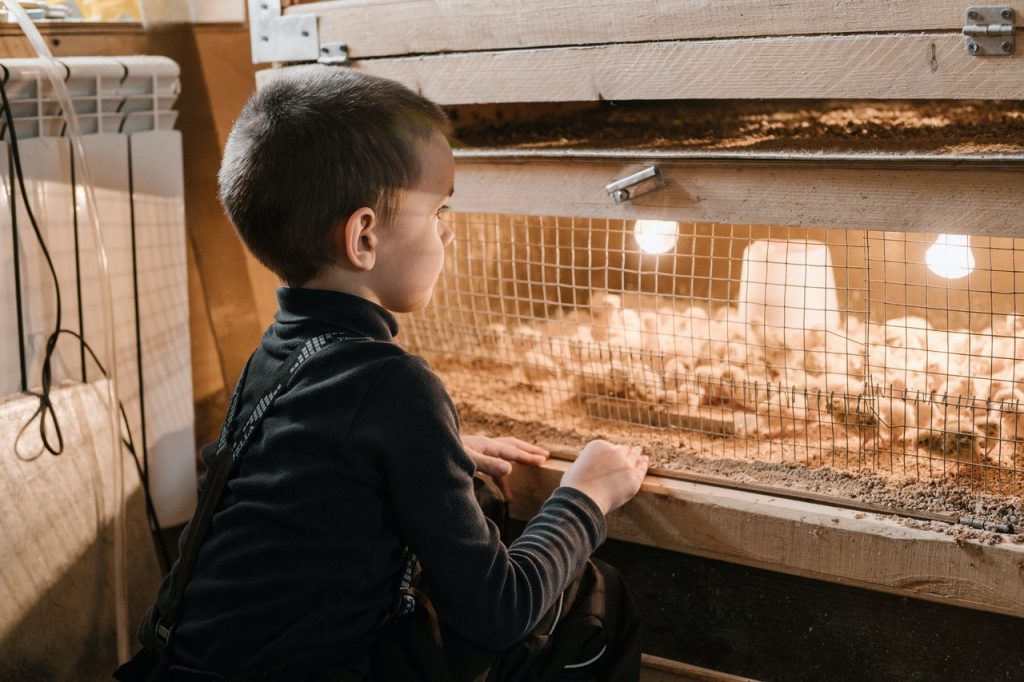
The light should be much higher than the feeding trough and try not to illuminate the wall. It is very important to have uniform lighting in the chicken house, and there should be no excessively dark or bright areas.
LED manufacturers are constantly improving their processes to avoid dark spots and reduce the range of over-brightness. Accurate lighting angles can help direct light to poultry and reduce wasted light on walls and ceilings.
How Does the LED Perform in the Farm?
Most LED lights are used for broiler chickens, and there have been recent attempts to apply them to young hens and broiler breeders. Early results showed that the effect of the latter two chickens was as good as that of broiler chickens.
A broiler broiler farm in Mississippi replaced all the high-pressure sodium lamps in its four chicken coops with LED lights a year ago, which saved $1,500 in monthly electricity bills.
The production index of chickens under LED lights is no different from that under high pressure sodium lights. This farm uses a 10 watt 2700K19 non-dimmable LED bulb. Two light strips each 10 feet long are installed above the chicken coop, and two light strips are installed above the slit in the middle of the chicken coop. Again, young hen and breeder breeders tend to use 2700K LED lights, while broiler breeders tend to use 5000K LED lights.
However, a recent study by the U.S. Department of Agriculture showed that the weight of broiler chickens has increased under three different LED light sources (one brand of 2700K bulbs and the other two brands of 5000K bulbs), and the weight of broiler chickens has increased compared with that under incandescent lamps. Compared with chicks, there is no difference in blood physiological indicators. This may indicate that these three LED light sources can replace incandescent lamps in commercial poultry farming, reducing energy consumption and improving production efficiency without affecting physiological indicators.
In the United States and Canada, the federal government’s environmental quality incentive program and the local government’s conservation program encourage producers to replace incandescent lamps with energy-saving LED lamps. If possible, these projects can be used to get corresponding incentives.
But in many cases, the waiting list is very long. Once you sign up, you need to wait a long time for your turn. A farm energy audit report may be required to qualify for the conservation plan, which can be an additional expense. As a result, more and more farmers choose to replace the light bulbs by themselves, saving electricity bills immediately instead of waiting for subsidies from the saving plan.
In the long run, even if you don’t join the saving plan, it is a wise choice to buy bulbs yourself and replace LED lights. Within one year, the electricity bills saved by the LED lights can offset the purchase expenses. And most LED lights have a warranty period of at least three years, and some brands also provide a warranty period of up to five years.
Finally, I repeat again, please do your research and shop around before buying LED lights. Regardless of whether it is expensive or cheap, all LED lights will save a lot of electricity bills. You should choose LED lights that have field experience in an agricultural environment (such as a chicken house).

